Send and Receive Faxes Cheaply with the Right iOS App
The sands of time should have buried faxes by now, but if you’re involved in anything involving contracts, real estate, medicine, or businesses that haven’t evolved past the 1980s, you probably have to send and receive faxes. Most people don’t need a dedicated fax machine or fax number — just the occasional need to send a few pages or receive a fax because it’s faster than waiting for a printout to arrive via snail mail.
You may think of fax services as relying on Web sites and Mac apps, but there are also plenty that you access through iPad and iPhone apps. Although iOS can be clumsy for productivity work, these apps skirt such awkwardnesses by working with intra-app sharing, cloud services, the Photos library, and the onboard camera. Having everything in one place can reduce friction. Most offer one-off faxing via a credit-based system, though some are wildly more expensive than others.
Last year, Randy Singer explored macOS and Web-based alternatives to the inexpensive fax service MaxEmail, which had been purchased by eFax (see “SRFax and Other Internet Faxing Alternatives to MaxEmail,” 7 October 2016). I had used MaxEmail for years as well, but when it came time for me to look elsewhere, I decided to see if I could use iOS for faxing instead of the Mac.
In this article, then, I examine iOS faxing apps. You might find the options in the App Store overwhelming because it seems like many companies offer fax apps with similar features. That’s because most don’t develop their own faxing infrastructure but instead work with a service like ClickSend. This lets them build fairly thin apps and Web sites. Through a combination of App Store ratings, reviews, and formal testing, I’ve found several worth checking out.
One note: Some apps purchase positive reviews to maintain a high ranking in App Store results despite weak feature sets and high prices. To determine if an app has been artificially boosted in the App Store ratings, try running it through the Fakespot service.
A Couple of Options for Free Faxing, Mostly Inbound — The place to start the journey is with the FaxBurner service, which offers all its functions via an iOS app and a slightly convoluted email process. FaxBurner has a straightforward approach and business model, offering a generous free incoming tier and then stepping up to paid monthly options. (The company also provides a not-well-rated Android app but doesn’t link to it on its site.)
FaxBurner free accounts can receive up to 25 pages a month through a toll-free number. You generate the number in the app or on the Web. However, that number is yours for just 24 hours unless you upgrade to a paid tier to retain it. So you need to perform careful calculations on timing before giving out the number to someone who needs to fax you. This seems like a reasonable tradeoff.
You can also send five pages for the lifetime of your account, which mostly serves as a demonstration of how its paid service works. Those outbound pages are branded with the FaxBurner logo and URL.
Like FaxBurner, the eFax service also offers a free tier, but it includes no outbound faxing and only 10 inbound pages a month. eFax also constantly tries to upsell you to its $17 or $20 per month tiers. FaxBurner is better for receiving the occasional fax.
However, if you anticipate a spate of faxing over a few weeks, eFax offers a 30-day free trial with 150 incoming and 150 outgoing pages. You can use its smartphone app or other options with the trial.
Pick an Affordable Option for Outbound Faxes — If you’re mostly sending faxes, whether in small or large quantities, you’re better off using apps that let you pay by the page or purchase credits to exchange for pages. That’s more flexible than recurring billing.
These apps differ mostly in price — common aspects include:
- You’re charged by the page, not by how long the fax takes to transfer. (Older services used to charge by time.) The price to send to the United States and Canada ranges from about $0.20 to $0.25 if you buy a lot of credit to $0.60 to $0.99 for about 1 to 10 pages.
- Quality is generally decent, although there is some variation by service, mostly in graphic rendering. I faxed the same page from each of the apps I tested to FaxBurner; you can compare the resulting PDFs in this Zip archive.
-
You can send faxes anywhere in the world — you’re not limited by country.
-
When using iOS apps that let you export images and PDFs, you can use the Share button to transfer documents directly to the fax app.
-
Many integrate directly with cloud services, like Dropbox.
-
Most of these apps let you both take pictures with the camera (and most of those let you crop or modify the image) and access images from the camera roll.
-
Most have truly annoying requests for reviews, with some even shunting you away from the App Store review process if you say you’re going to review the app poorly. Apple is banning those practices in iOS 11.
In testing and comparing features, I found four apps that are worth your time. I’ve arranged them from best to worst below.
iFax (free app, account required) — Of all the apps I tested, iFax was the cheapest by far, with a starting price of $0.30 per page. For the United States, iFax charges $2.99 for 84 credits up to $49.99 for 1672 credits, and debits 8 credits per page sent, not including the free cover page. That works out — rounded down since you can’t send half pages — to a range of 10 pages at $0.30 each to 209 pages at $0.24 each.
iFax has a well-designed interface and workflow, starting with prefab cover pages with several designs among which you can choose. To customize the cover page, you can enter a large amount of text and even use your finger to add a signature. No other app lets you customize cover pages.
iFax’s image capture step is above average among the apps I tested, automatically framing an object in view, letting you change the crop and contrast/brightness later, and even rotating the image. However, it lacks a deskewing option that several others apps include.
You can add documents to iFax from several sources, but its Dropbox selector is primitive, forcing you to scroll through what seems like an arbitrarily sorted list of folders at the top and files at the bottom, with no search option. Its iCloud file picker is more robust and offers a search field. If you want to bypass iFax’s document selection interface, you can share documents from other apps, including the Dropbox app.
In some situations, you might need to prove that you sent a fax, something that not all apps do well. iFax is the best, showing all the details of the fax in a page-based format, including a time stamp and a transaction ID, as well as a big red SENT stamp overlaid.
While faxing from iFax worked fine, I experienced some friction. For starters, the calculation the app shows on its purchase page for credits is incorrect, showing prices several cents less per page than it should. For instance, it shows $2.99 to buy 84 credits but says that’s “$0.22/page” at 8 credits per page, rather than the ostensibly accurate $0.30. (Also, when I cancelled a credit purchase, the app hung, and I had to force quit it.)
If you’re sending to other countries, iFax gets more confusing, because each destination country requires its own separate purchase of credits. In some cases, the credits sell for the same amounts, but you need to use more than 8 per page to the destination. In other cases, the credits cost more. A pricing item in iFax’s settings view is even more confusing, showing information that doesn’t seem to match up either in dollars or calculations. There’s no help in the app nor at the company’s Web site; you’d have to email the company.
iFax offers an incoming fax number for $17.99 per month with a seven-day free trial. But it promotes it on its home screen as “Get a FREE Unlimited Fax Number!” Tap that, and you can select a number by country and, within the United States, by state and area code. It properly notes the free trial at the bottom and when you tap Continue to make a purchase. But the overall approach is misleading marketing.
The cover page templates are terrific, but there’s a flaw: the iFax logo and URL appears by default on all designs. You can delete them, but you have to do so each time you fax. For a paid service, this is unreasonable.
Finally, you have to create an account to use iFax, which might perturb some people. While the faxes pass through all these companies’ services, I can see why some people wouldn’t also want to create an account linked to an email address.
Despite these flaws and pricing weirdnesses, iFax seems like the best option for overall features and price. The company needs to get its act together in displaying and explaining costs.
BPMobile Fax ($3.99 for app, no account required) — As a second choice, BPMobile’s Fax app has superior capture controls for adding images from the camera, automatically recognizing borders, skewing by dragging any of four corners, and adjusting brightness and contrast. These features make it the best choice if you fax a lot of documents from photos, even given its $3.99 purchase price, which includes no faxes. (For a fax app that lacked such capture controls, you could instead purchase a separate scanning app, like Smile’s PDFpen Scan+, use that for scanning documents, and then transfer the images and PDFs over to a fax app. That’s fine for an occasional fax, but would become tedious quickly.)
BPMobile Fax has no integration with cloud services, and can itself only acquire images from the photo library or the camera. However, it does appear as a sharing destination in other apps, so you can export images and PDFs to it that way.
In terms of usage, BPMobile Fax isn’t as cheap as iFax, but its fees are more clear. You can pay $9.99 for 250 credits, $19.99 for 600 credits, or $49.99 for 2000 credits. Different countries consume different amounts of credits per page. The United States and Canada cost 10 credits per page, making the three credit bundles work out to 25 pages at $0.40 per page, 60 pages at $0.33 per page, and 200 pages at $0.25 per page.
Although BPMobile Fax supports sending to 90 countries, it doesn’t publish credit costs for them anywhere in the app or on its site — you have to prepare to send a fax and then pick a country to see the rates. Faxing a page to Australia, the UK, or China costs only 10 credits. Smaller countries seem to require a lot more.
Where BPMobile Fax is unique is in offering unlimited outbound faxing at a fairly low price: $9.99 per month to the United States and Canada, or $19.99 per month to the rest of the world. If you need to send a lot of faxes (but don’t need to receive enough to warrant a more expensive service), BPMobile Fax is cheaper than most other app- and Web-based fax services.
While companies usually have provisos about “unlimited,” BPMobile makes no mention of restrictions or what it might consider abusive quantities in its terms of service on its Web site or in the app. Spam via fax still exists — I know, what?! — but this app requires sending each fax individually, which doesn’t lend itself to abuse. How many faxes would anyone want to send from an iOS device?
BPMobile Fax has no companion fax receiving service.
Genius Fax (free app, account required) — Genius Fax from the Grizzly Labs offers a good mix of features but is priced higher than iFax and BPMobile Fax for faxes to many countries, including the United States and Canada. It integrates with apps that advertise file availability, such as Dropbox and Transmit on my iPhone, which gives you a number of options for direct import without leaving the app. As with other fax apps, it’s a sharing destination for images and PDFs from other iOS apps. It can also access the camera roll.
Genius Fax provides an optional cover page at no additional cost, and you can add a title and recipient’s name to it. While some reviewers complained that they couldn’t get a receipt of delivery, I had no trouble seeing what was sent and when in my testing.
In terms of pricing, Genius Fax lets you pay units of 1 page ($0.99), 10 pages ($6.99), or 50 pages ($19.99 or $0.40 a page). Its big advantage is that it has flat-rate pricing — the price is the same for any of the 40 countries to which it can deliver. A list of those countries is on its App Store listing, but nowhere else!
Two things about Genius Fax rubbed me the wrong way. First, a day after I signed up, the company sent an automated email signed by one of its founders that made me feel slightly like I was being watched: “I noticed that you signed up yesterday but haven’t sent any fax yet and just wanted to make sure everything was working alright for you.” That message, combined with an aggressive review popup, irked me.
Second, the Scan button in the app’s New Fax menu links to the App Store for the company’s Genius Scan app if you don’t already have it installed. Although Genius Scan is free (with a likely unnecessary $7.99 in-app purchase for Genius Scan+), pawning off scanning on another app from the same company seems pushy. Other fax apps simply access the camera and offer various options for improving a scan, such as cropping and deskewing.
Genius Fax also offers an incoming fax service that I discuss later on.
JotNot Fax (free app, no account required) — JotNot Fax provides good camera controls for deskewing, lets you add a cover page for free, and provides a superior fax receipt display. Its integrated support for Dropbox correctly lets you search within your files stored there without leaving the app. It’s a straightforward and solid app. It has no companion service for receiving faxes.
But JotNot Fax’s payment structure is bizarre. Instead of charging per page, it charges in units of five pages, no matter how many pages you actually send. Thus, it’s $3.99 for a set of three units, which could cost anywhere from $1.33 per page to $0.27 per page. It also has a 10-pack for $9.99 ($0.99 to $0.20), 20-pack for $17.99 ($0.90 to $0.18), and 100-pack for $79.99 ($0.80 to $0.16). The mind boggles.
Apps to Avoid — You might come across two apps that I’d suggest not using, despite the fact that they may show up near the top of App Store rankings or sales figures. Fax File charges relatively high faxing prices but the real problem is that the app is too primitive, lacking basic features found in the better apps reviewed above.
Also watch out for Fax, an app that seems to be gaming the App Store. The app has as its developer Web site only a Facebook page with a single post. The comments on that post nearly all say that the app doesn’t work at all. However, it somehow has over 4000 customer ratings, which are almost all five stars and positive. Steer clear.
An Affordable Way To Receive Faxes — The flip side of affordable sending is affordable receiving. I mentioned FaxBurner, eFax, and iFax’s monthly fees earlier, but let’s review those rates along with Genius Fax’s unique model.
- FaxBurner may be the best deal. For $9.97 a month, you get a combined 500 pages inbound and outbound; at $19.79 a month, that jumps to 2000. However, you can send only to U.S. and Canadian destinations.
-
eFax offers two tiers. At $17 per month, you can send up to 150 pages and receive up to 150 pages; for $20 a month, that rises to 200 pages in each direction. Additional pages cost $0.10 each. It’s the most expensive option here, but it includes document signing, some storage options, and a few other elements to justify the price. eFax doesn’t state this explicitly, but monthly service is available only for those in the United States.
-
iFax charges $17.99 per month and its terms of service make it clear that “unlimited” means “unlimited” for both inbound and outbound faxes. It offers numbers in the United States and various other countries, and included faxes are restricted to the country you choose.
-
Genius Fax offers a much cheaper pay-as-you-go arrangement, charging $3.99 for one month up to $20.99 for six months to reserve a phone number for receiving faxes in the United States or Canada. Then you pay its standard, somewhat high per-page rates for incoming faxes (and outgoing ones) by pre-purchasing credits, which cost from $0.99 for 1 page to $19.99 for 50 pages ($0.40 per page).
Can We Kill the Fax? — It’s shocking that the fax “machine” is still part of the way of life for people in many developed countries. A few nations, like Estonia, have gone as fully electronic as possible, eliminating the need for — and ability to use — faxes. Developing countries have often bypassed fax altogether because of the high cost or lack of availability of wired phone lines, letting people there use mobile information transfer for everything.
But as long as we have the asymmetric obligation to send a fax to a mortgage company or receive a fax from a doctor’s office, we’ll need these apps and services.
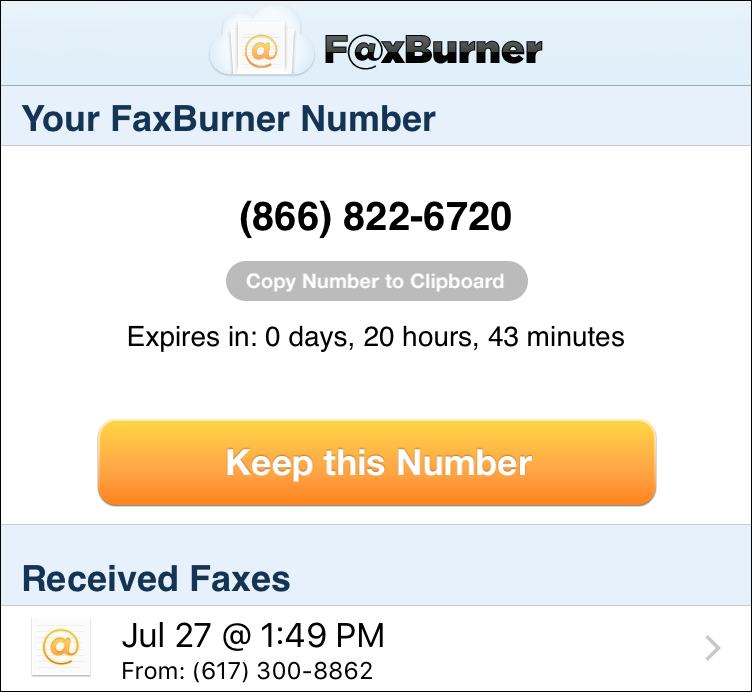
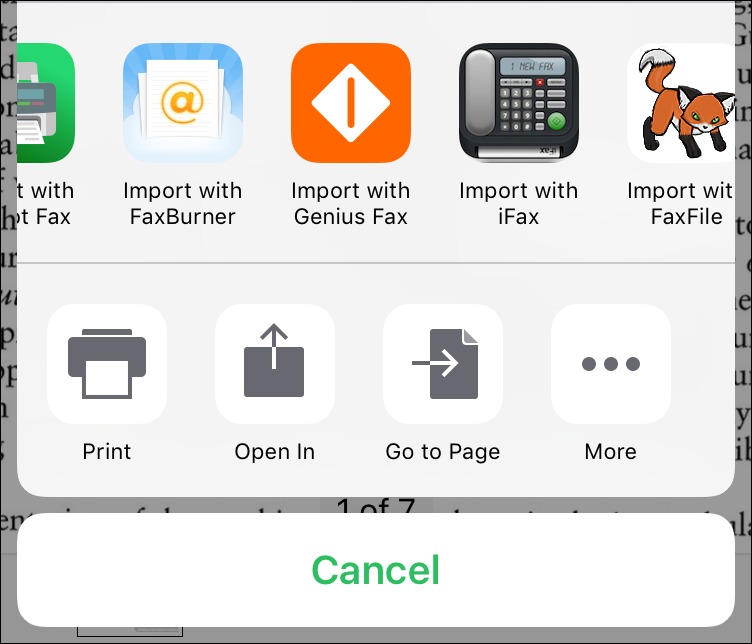
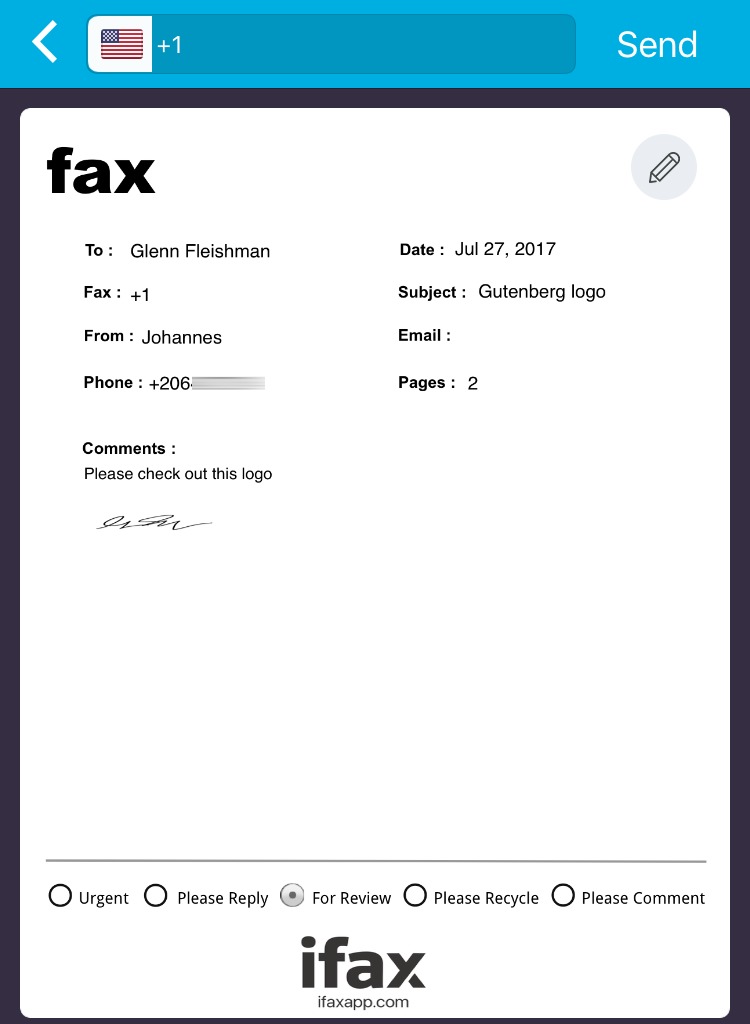
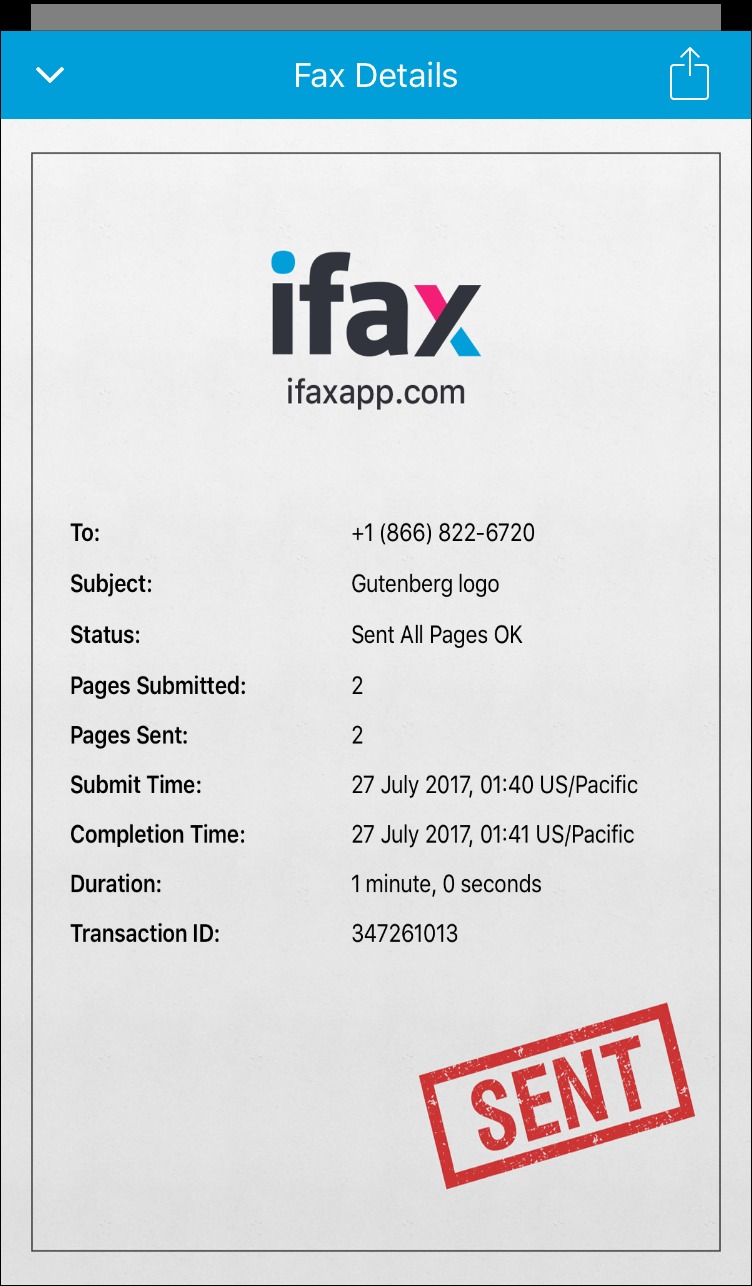
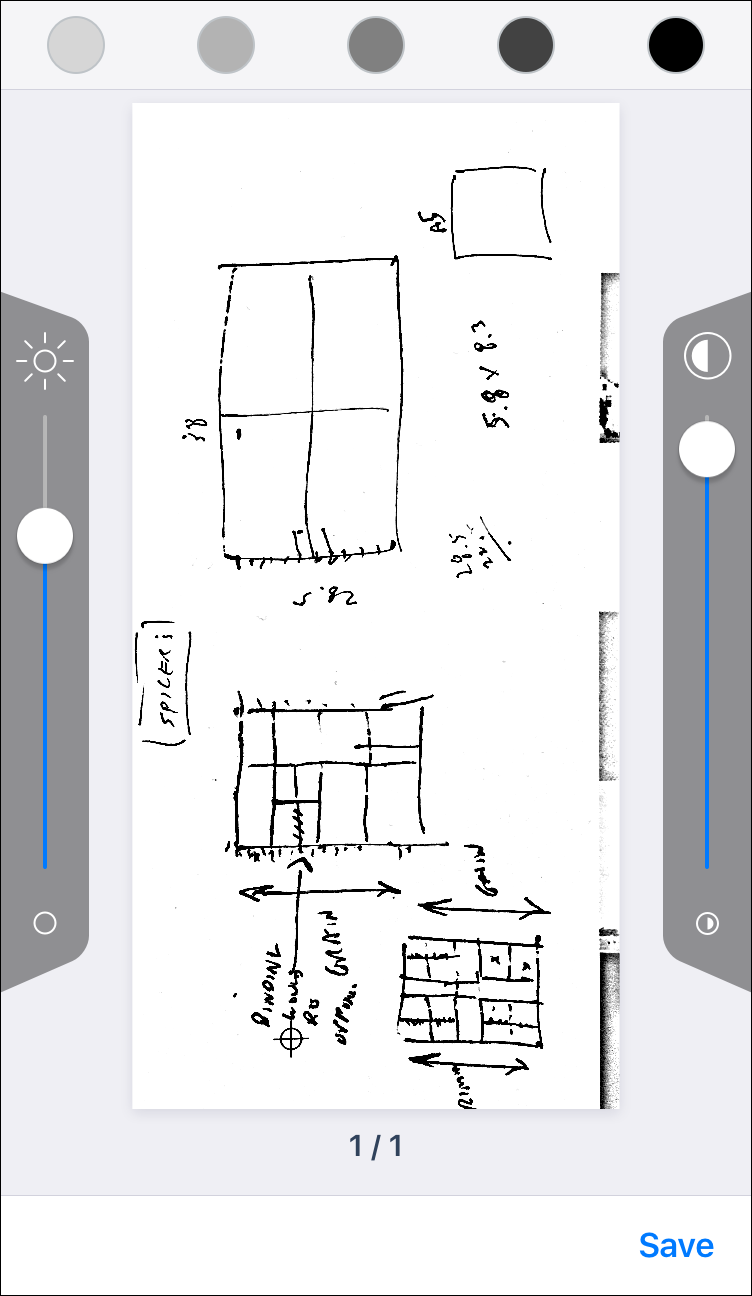
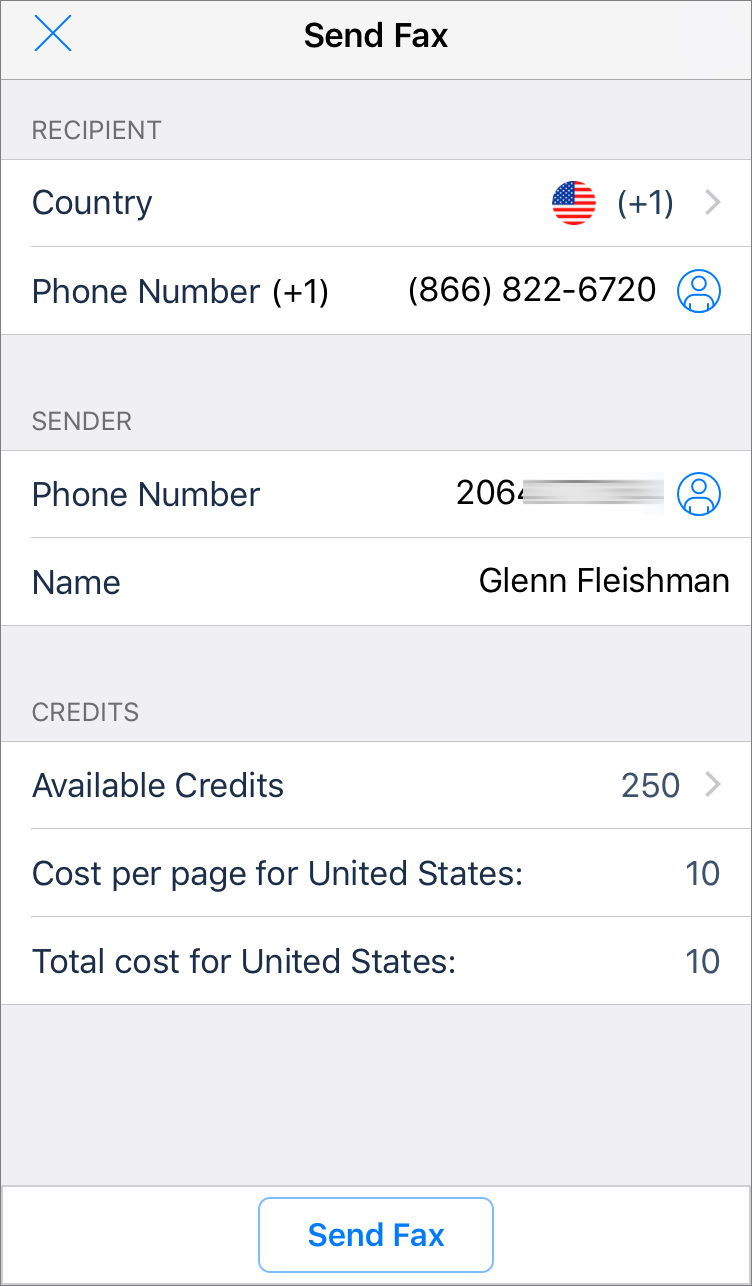
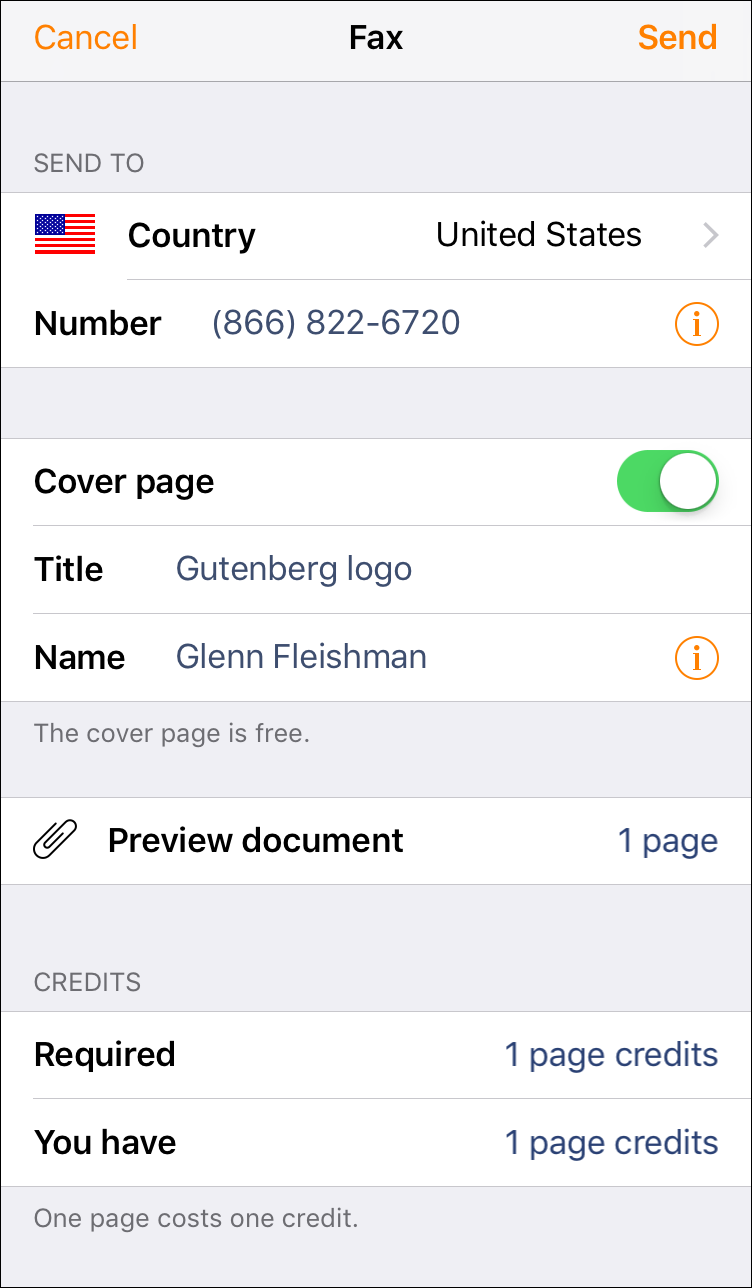
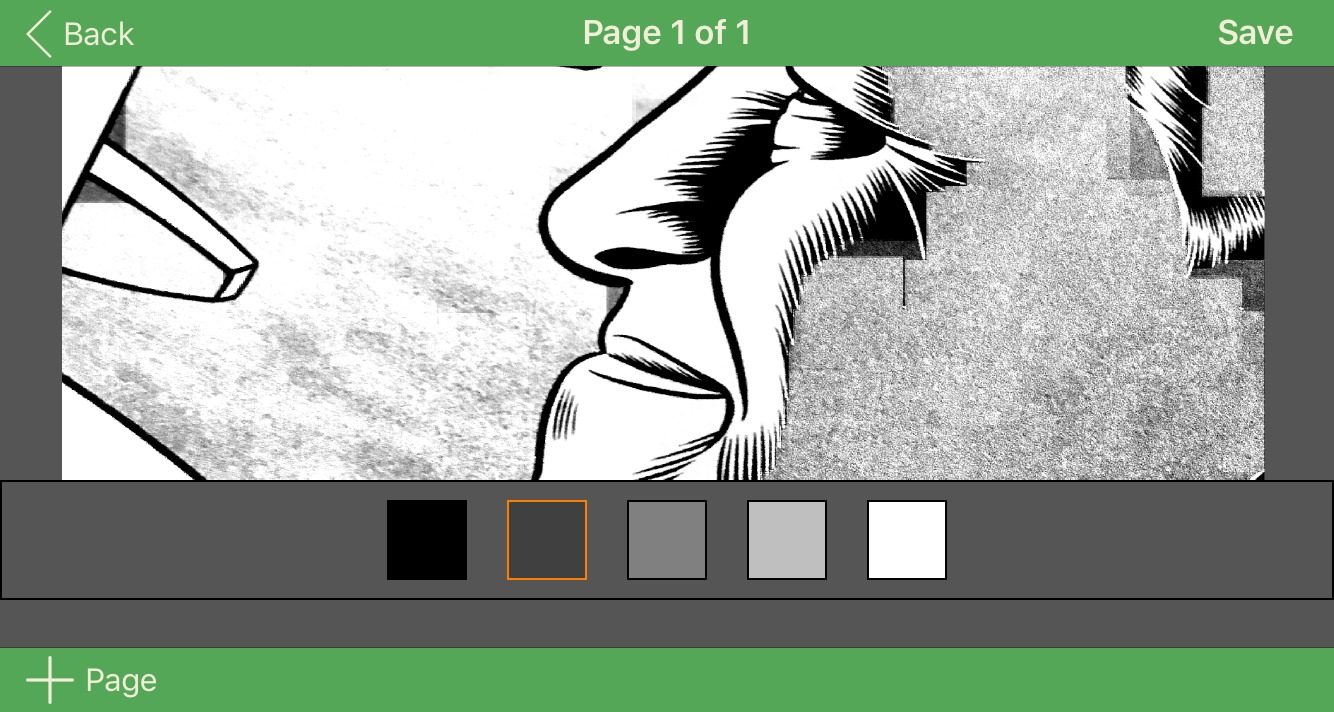
For VoIP there are the protocols T.37 and T.38. Analog faxing should be abandoned altogether. Already ISDN provided the digital protocol G4. Unfortunately analog G3 still dominates, because most fax machine understand only this outdated protocol.
What is a "fax"? ;)
It is all about legal privacy. My FiL is a contract lawyer. He said the a ruling by the US Supreme Court said there was no expectation of privacy in electronic communications including eMail. Therefore; ALL legal, medical, CPA, Etc must be by land line fax or snail mail. If you use these electronic services the content is NOT secure nor admisible.
BTW: You do not need a dedicated number for faxes. Just any land line, even at a hotel.
I have a dedicated fax machine, plain paper.
The capital cost is probably chesper in the long run than using fax apps and a dedicated machine is probably more reliable and definitely more secure than using a third party solution. And no limit on overseas faxing.
The fax machine was invented in 1847? and in popular use since the 1900s. I doubt faxing will be killed off just because most people have no use for it!